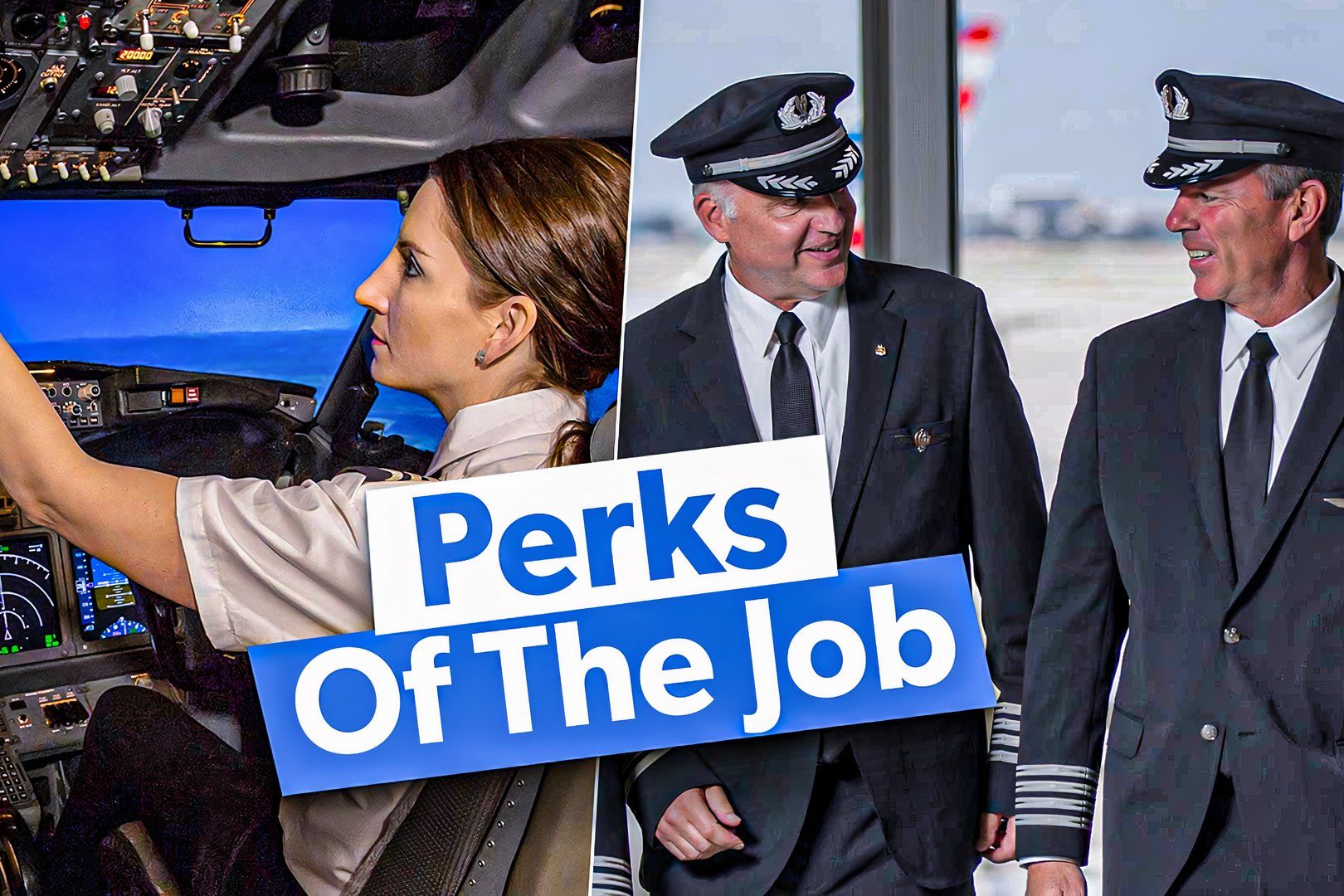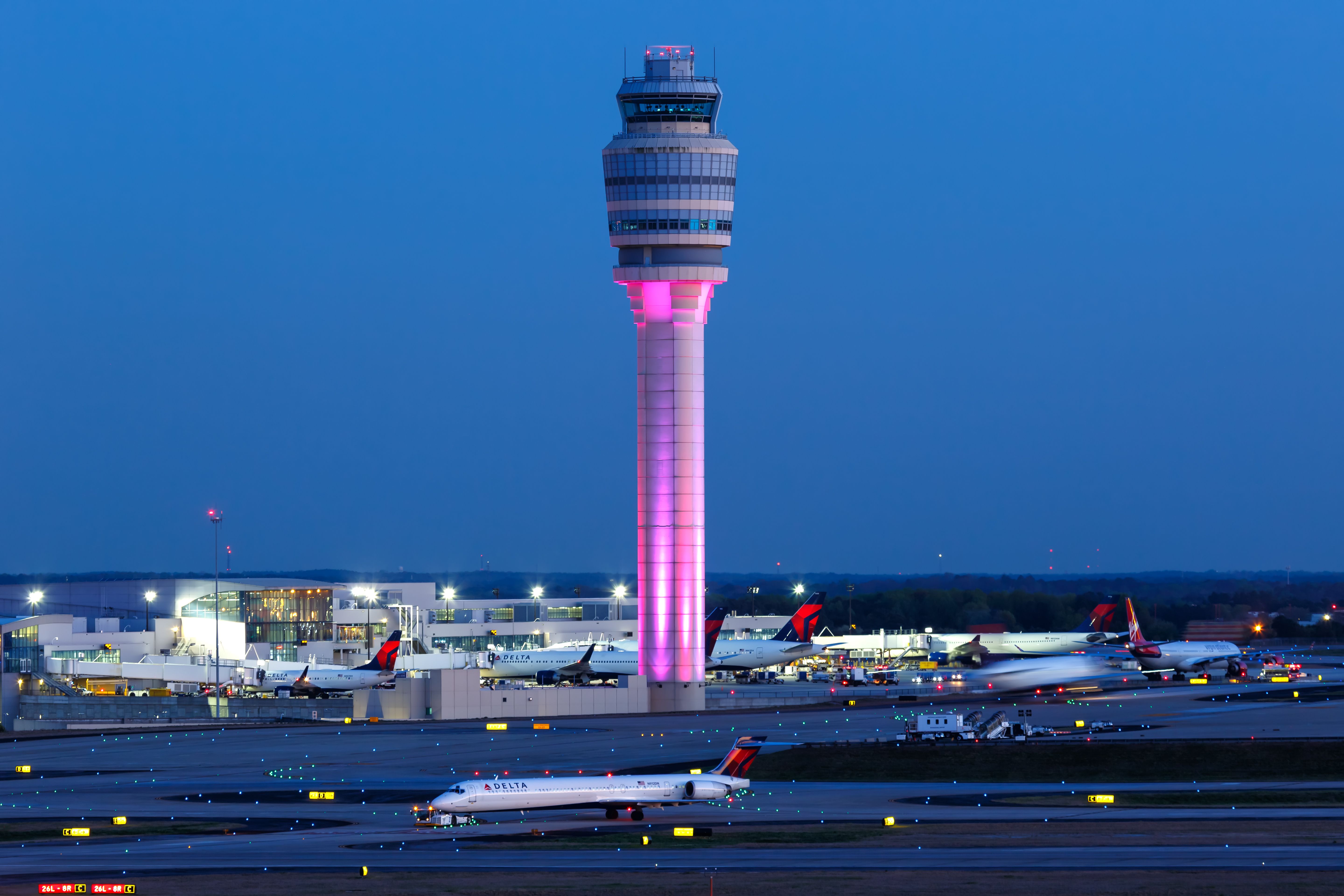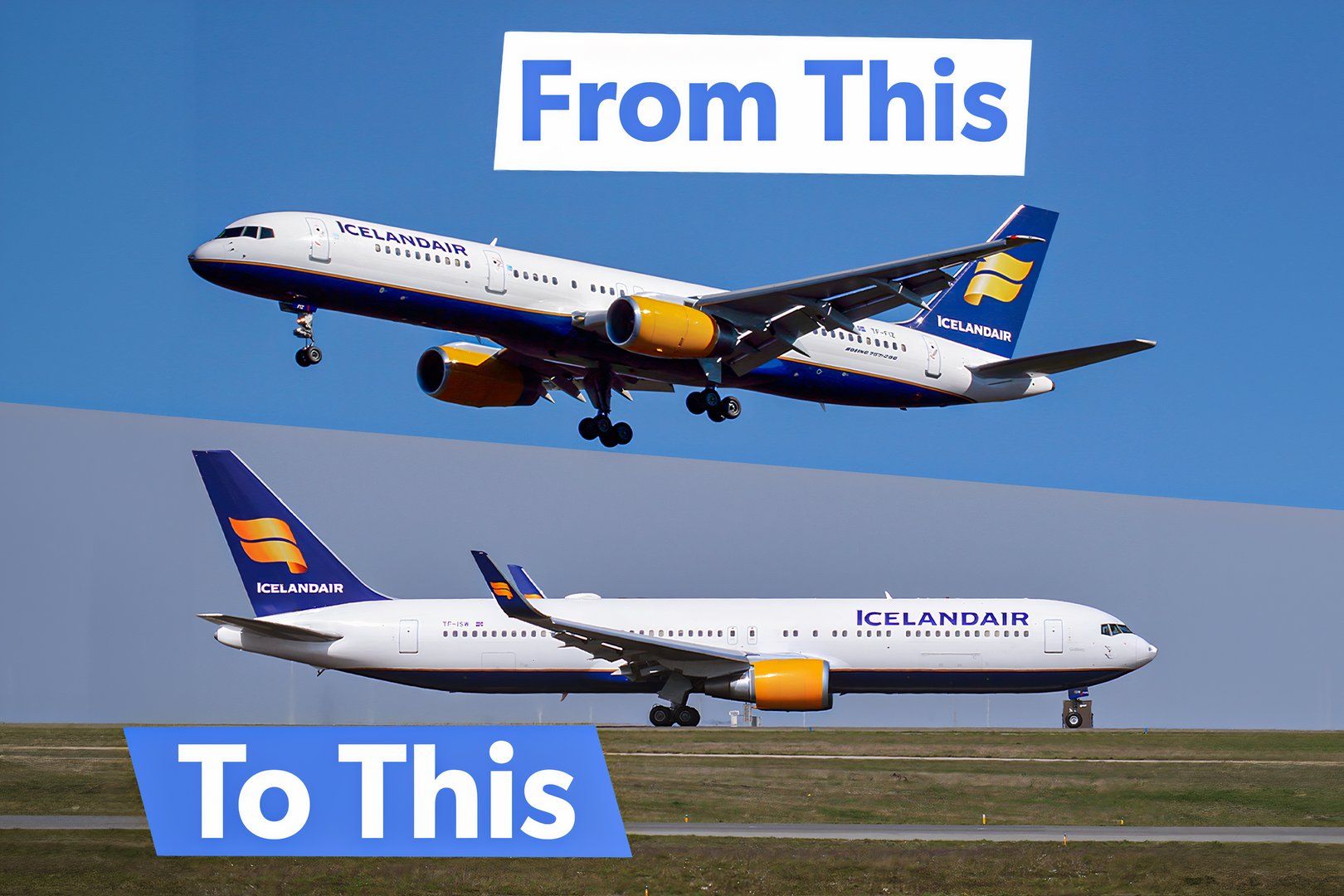Summary
- Pilots constantly monitor weather conditions during long-haul flights, being prepared to alter the flight path if necessary in response to changing weather systems, such as thunderstorms and clear air turbulence.
- The flight captain holds the final authority and responsibility for everything that happens aboard the aircraft, including making decisions on diversions for emergencies or unruly passengers and monitoring fuel levels and temperature throughout the flight.
- Pilots also have paperwork duties, including documenting any deviations from the written flight plan, while one pilot monitors gauges and the other ensures there is always someone at the controls. Relief pilots may be onboard for longer flights to allow for breaks and rest.
Long-haul flights are a matter of endurance for passengers who may relax, sleep, and enjoy the in-flight entertainment. Lasting as long as 18 hours, these flights can also be a bit challenging for the crew in front of the airplane. Long-haul flights generally have up to four pilots to rotate flying shifts. However, pilots in the front seat must always monitor the instruments.
While passengers have a lot of things to do to pass their time sitting on the airline, what do pilots do to pass their time on long-haul flights? What activities do they engage in while the aircraft is on autopilot mode during the cruise? This article highlights some of the work activities pilots perform on long-haul flights.
The pilots constantly monitor the weather
Piloting duties during cruise include:
- Monitoring instruments
- Checking weather updates
- Ensuring the most optimized flight path
- Communicating with ATC
- Contingency planning
- Providing flight updates to the crew and passengers (as necessary).
As highlighted by JetBed, even though flight paths are decided upon before departure, pilots have to decide whether to alter them during the flight. On long-haul flights, the weather conditions change, with aircraft often encountering three or four weather systems. These systems can vary in intensity from slight turbulence to dangerous thunderstorms.
When flying at over 500 miles per hour, a change of weather can happen very quickly, which means pilots must be prepared at all times to alter the flight path if necessary. If, for example, they see a thunderstorm on the radar, they must first get the OK from Air Traffic Control (ATC) to change their route.
Photo: Collins Aerospace
Clear air turbulence (CAT) is another worry, and because it cannot be seen on the radar, pilots rely upon the information provided by pilots flying the same route ahead of them. When flying across oceans such as the Atlantic, one pilot’s job is to communicate with the ATC, while the other monitors a common air-to-air frequency that pilots use to communicate with each other.

Related
Do Pilots Get Free Flights?
Pilots are far from the only airline employees to enjoy “free” travel.
The captain of the aircraft has the final word
Once all the passengers are onboard and the doors close, the flight captain is responsible for everything that takes place aboard the aircraft. While there are complicated rules regarding who has jurisdiction, numerous international agreements support the captain’s decision. The captain must decide where to divert if there is an unruly passenger or a medical emergency.
The entire time a flight is in the air, the pilots monitor all kinds of gauges to ensure that the plane performs how it is supposed to. Fuel is a significant concern for all pilots as they do not want to have more fuel onboard than is necessary for the flight.
Photo: Crystal Air Cruises
Making sure that the temperature of the fuel is not too cold is another thing pilots must monitor. If the fuel cools down too much, its flow can be restricted due to waxing. If this does happen, pilots can rectify the situation by descending or by increasing the aircraft’s speed (and, thus, its skin temperature). However, this isn’t a particularly frequent occurrence, as engine oil helps fuel to retain heat.

Related
Pilots & Air Traffic Controllers: Who Has More Authority?
Who will have the final word?
Don’t forget the paperwork
- Weight and balance before flight, and fuel monitoring during flight
- Flight plan deviations
- Routing based on weather updates
- Approach and landing paperwork.
While one of the pilots monitors all the gauges, the other will be busy taking care of the paperwork. Before the flight, the pilots are given a written flight plan. Anything that deviates from this must be written down as notes. From the flight plan and notes, you should be able to recreate the flight as it occurred.
Regarding meals, the pilots wait until the passengers have been served and then eat separately. They do this so that there is always one person at the controls. For long flights over twelve hours, there are one or two relief pilots onboard so that the two pilots who performed the takeoff can take a break and get some sleep or relax.
There are just two pilots on short, long-haul flights of eight or nine hours. The only opportunity they get to leave their seats and stretch their legs is when they go to the bathroom. While the middle part of the flight is less eventful, the workload increases as the plane nears its destination in preparation for landing.

Related
Narrowbody To Widebody: How Long Does The Transition Take For Pilots?
Going from one airliner to another is easier than you might think.
What are your thoughts on the activities pilots get engaged in during long-haul flights? What has been the longest flight that you have taken? Share your experience with us in the comments section.







